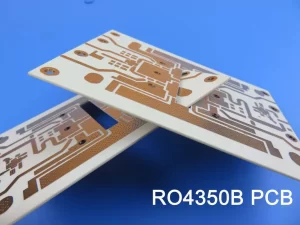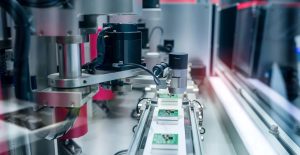目录
ToggleEmerging Trends in PCB Manufacturing: From Traditional Methods to Cutting-Edge Innovations
Introduction
PCB manufacturing has undergone significant transformations over the past few decades. As the backbone of modern electronics, PCB manufacturing must continuously evolve to meet the demands of new technologies and applications. This article explores the emerging trends in PCB manufacturing, bridging traditional methods with cutting-edge innovations. These advancements not only enhance the performance and reliability of PCBs but also address environmental concerns and improve production efficiency.
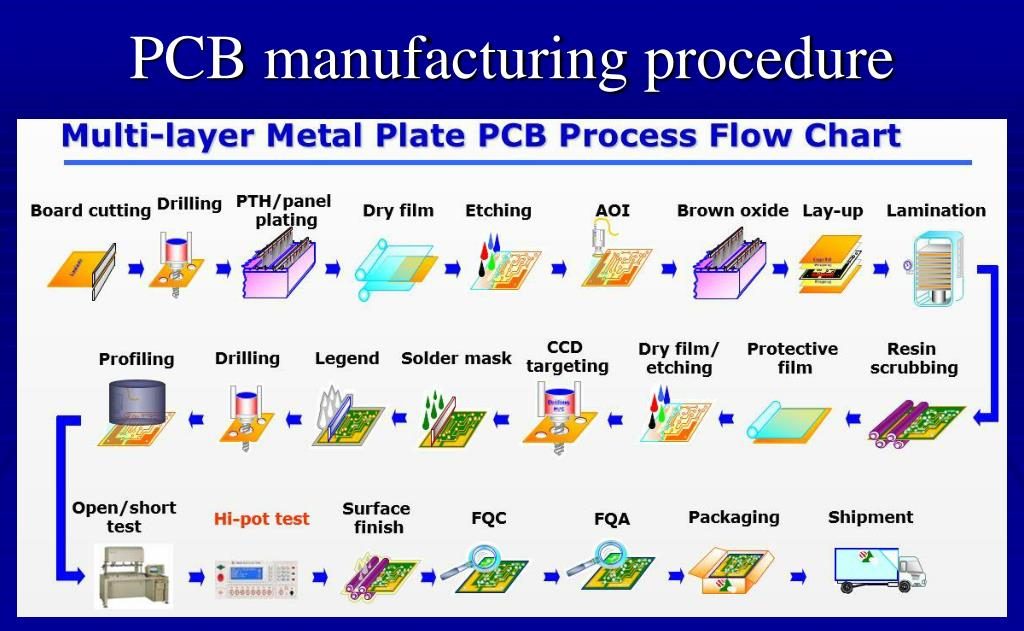
The Evolution of Traditional PCB Manufacturing
Traditional PCB manufacturing methods, such as subtractive processes (e.g., etching) and additive processes (e.g., plating), have been foundational in the industry. These techniques, while effective, face limitations in precision and material utilization. Subtractive processes, for example, can waste significant amounts of raw materials, and the chemical etching used can pose environmental hazards.
In contrast, additive processes allow for more precise material deposition but often struggle with scalability and cost-effectiveness for high-volume production. These traditional methods have driven the initial growth of the PCB industry but are increasingly being supplemented or replaced by newer technologies to meet the challenges of modern electronics.
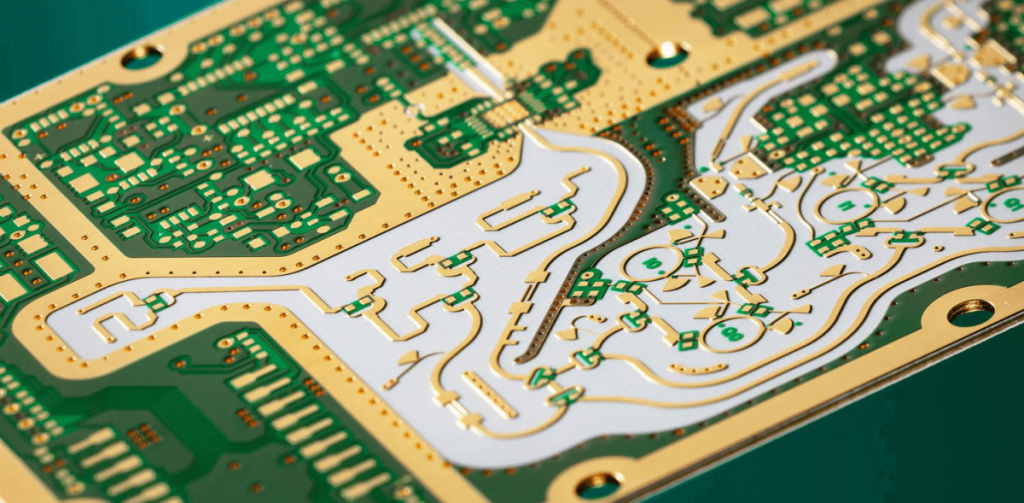
Advancements in Material Innovations
Recent advancements in material sciences have led to the development of superior substrates and conductive materials. High-performance laminates, such as Rogers and Taconic materials, offer better thermal management and signal integrity, making them ideal for high-frequency applications. Additionally, the introduction of flexible and rigid-flex PCBs allows for more versatile designs, accommodating the growing trend towards miniaturization and wearable electronics.
Materials such as polyimide and liquid crystal polymer (LCP) provide enhanced durability and reliability in extreme environments, opening new possibilities for PCBs in aerospace and automotive applications. These innovations in materials are crucial for meeting the increasing performance demands while also supporting sustainable manufacturing practices.

The Role of Automation in PCB Manufacturing
Automation is transforming PCB manufacturing by enhancing precision, reducing human error, and increasing production speed. Automated Optical Inspection (AOI) and Automated X-ray Inspection (AXI) systems have become standard in modern PCB manufacturing, ensuring high-quality outputs with minimal defects.
Robotic assembly lines and advanced pick-and-place machines enable rapid and accurate component placement, significantly cutting down the time and cost associated with manual assembly. Moreover, the integration of Industry 4.0 principles and Internet of Things (IoT) connectivity allows for real-time monitoring and optimization of production processes, leading to smarter manufacturing environments.

Sustainability and Environmental Considerations
The PCB manufacturing industry is increasingly focusing on sustainability and reducing environmental impact. Traditional processes involving hazardous chemicals and significant material waste are being replaced or supplemented with greener alternatives. For example, water-based cleaning solutions and lead-free soldering techniques are gaining popularity, aligning with global environmental regulations such as RoHS (Restriction of Hazardous Substances).
Recycling initiatives and closed-loop manufacturing processes are also becoming more common, aiming to reduce the carbon footprint of PCB production. Companies are investing in technologies that not only improve production efficiency but also minimize waste and promote the reuse of materials.

Future Trends and Innovations
Looking ahead, the future of PCB manufacturing is set to be shaped by several key innovations. Advanced fabrication techniques, such as 3D printing of PCBs and laser direct structuring (LDS), are paving the way for more complex and compact designs. These technologies enable the production of multi-layered, high-density interconnect (HDI) boards with intricate geometries, which are essential for modern electronic devices.
Furthermore, the adoption of digital twins and AI-driven predictive maintenance in PCB manufacturing will enhance process control and quality assurance. These tools provide deeper insights into production trends and potential issues, allowing for proactive adjustments and continuous improvement.
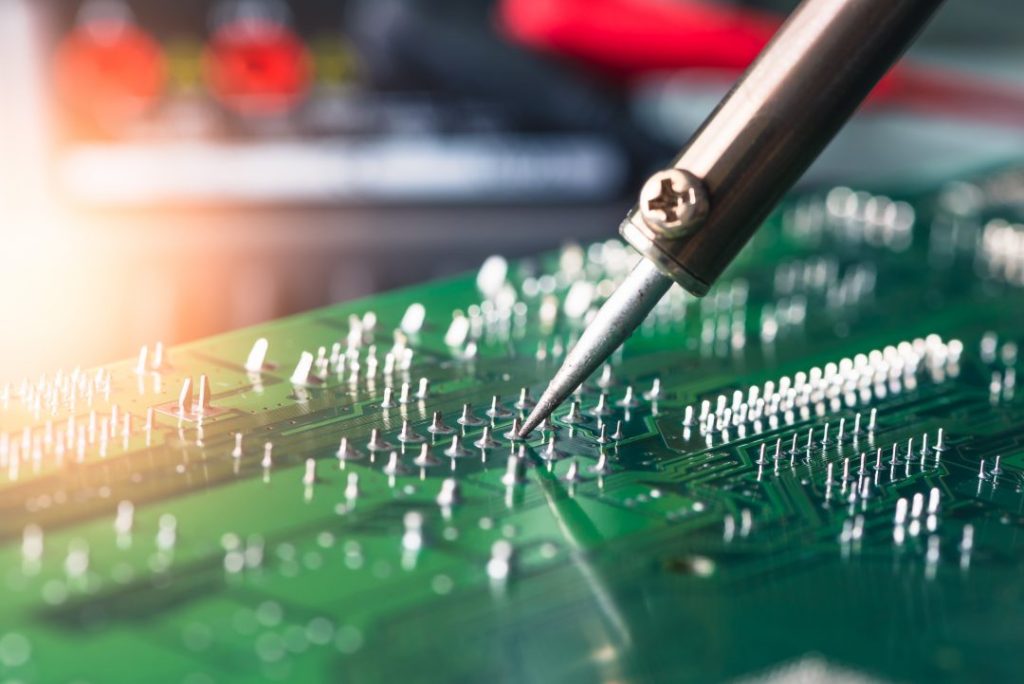
Conclusion
The evolution of PCB manufacturing from traditional methods to modern innovations represents a significant leap in the electronics industry. By integrating advanced materials, automation, and sustainable practices, manufacturers can achieve higher efficiency, better quality, and a reduced environmental footprint. Staying abreast of these trends is essential for companies aiming to remain competitive and responsive to the rapid advancements in technology.




